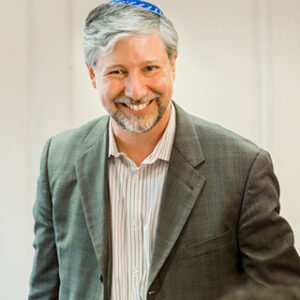
A Symbol of Peace
Mar 3, 2017 By Daniel Nevins | Commentary | Terumah
The Arch of Titus in Rome is simultaneously one of the saddest and most exciting places for a Jew to stand. It is but a short distance from the Colosseum, the stadium made famous by its cruel sports, built with money plundered from the Jerusalem Temple in 70 CE. Titus’s Arch celebrates the destruction of our Temple, a building designated by Isaiah to be a house of prayer for all nations. A bas-relief sculpture on the arch’s inner walls depicts a sickening scene: the triumphant display of the Temple’s sacred objects, the Menorah most prominent among them, along with a pathetic procession of enslaved Jews.
Read More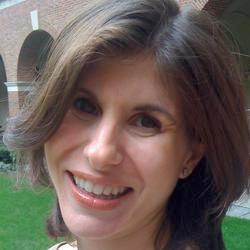
Textual Transmission
Feb 5, 2011 By Abigail Treu | Commentary | Text Study | Terumah
In what font does the Torah need to be written?
A glance inside a Torah scroll reveals that the font is indeed different than what is printed in standard siddurim and other Hebrew texts. It is clearly a beautiful and highly stylized calligraphy, but as this midrash makes clear it is also part of the tradition handed down from generation to generation.
Read More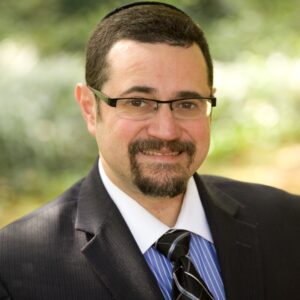
“A Place for Your Stuff.”
Feb 16, 2002 By Joshua Heller | Commentary | Terumah
I’ve always appreciated a monologue by George Carlin on the topic of “a place for your stuff.” The comedian describes the way we accumulate physical things in our homes and basements. When we travel, we take a smaller version of our “stuff” with us.
Read More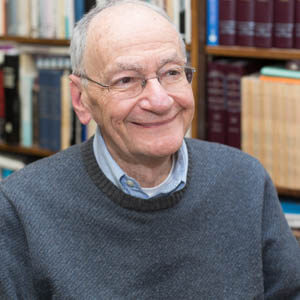
A Thought on Physician-Assisted Suicide
Feb 15, 1997 By Ismar Schorsch | Commentary | Terumah
This week Shabbat follows by a day the date assigned by the Talmud (the 7th of Adar) for the death of Moses. The Torah leaves us entirely in the dark as to when Moses died. We are told only at the very end of Deuteronomy that Moses died alone atop Mount Nebo, looking out over the Promised Land. Though advanced in years, Moses did not die of old age: “Moses was 120 years old when he died; his eyes were undimmed and his vigor unabated (34:7).” That is, he died suddenly, without illness and suffering, or in the words of Rashi, by the touch of a divine kiss (on the basis of the phrase “al pi adonai;” literally, “by the mouth of God” – 34:5).
Read More
When to Give
Feb 4, 2007 By Matthew Berkowitz | Commentary | Terumah
In many ways, Parashat T’rumah represents a thematic transition from engaging biblical narrative to technical description and detail. As the parashah opens, we become privy to the details of the Tabernacle and its appurtenances. And while we are initially dazzled by the vibrant colors and materials, the details become overwhelming. Our eyes glaze over, and it is difficult for the reader to engage. Sensing this challenge to his congregants, the classical fifteenth-century bible commentator Abarbanel opened his treatise on this parashah with an important word of encouragement.
Read More
Within Us
Mar 4, 2006 By Matthew Berkowitz | Commentary | Terumah
Parashat Terumah is concerned with the building of the mishkan or Tabernacle, the portable sanctuary that accompanied the Israelites on their desert journey. The parashah opens with an appeal by God and Moses to the entire community of Israelites; all are encouraged to participate voluntarily to the building of this sacred space. Plans are detailed, appurtenances are described extensively, and later the construction begins. Exodus 25:8 declares, “And let them make me a sanctuary and I will dwell in their midst.” Given the connotations of a mikdash, sanctuary, we might assume that God’s presence would dwell in this space. The second half of the verse surprises us, however, stressing God’s dwelling not in a specific physical place but amidst the people.
Read More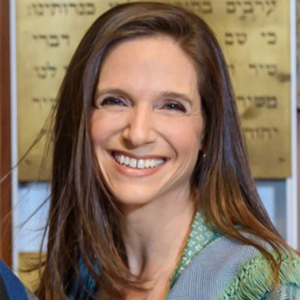
Building Our Holy Places
Feb 28, 2004 By Rachel Ain | Commentary | Terumah
“They shall make me a tabernacle so that I may dwell amongst them.” This verse in this week’s parashah, T’rumah, is significant for all of us who are committed to the building of a strong and committed Jewish community. The desire to have God dwell amongst us is a goal for which rabbis, educators, cantors and other Jewish professionals strive. The ability to create a sense of kedushah (holiness) by the dwelling of God in that space is an ideal for our Jewish community.
Read More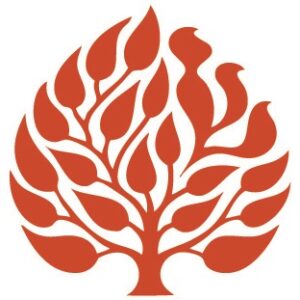
Whole Bread
Feb 8, 2003 By Lewis Warshauer | Commentary | Terumah
The weekly Torah readings are moving into territory unfamiliar to our contemporary experience. The Book of Genesis, set mainly in the Canaan and Egypt, mentions places that still exist and people whose names still resonate. The beginning of the Book of Exodus, with its account of the liberation from Egypt, maintains its grip today because that liberation continues to be a focus of Jewish consciousness and celebration.
Read More


